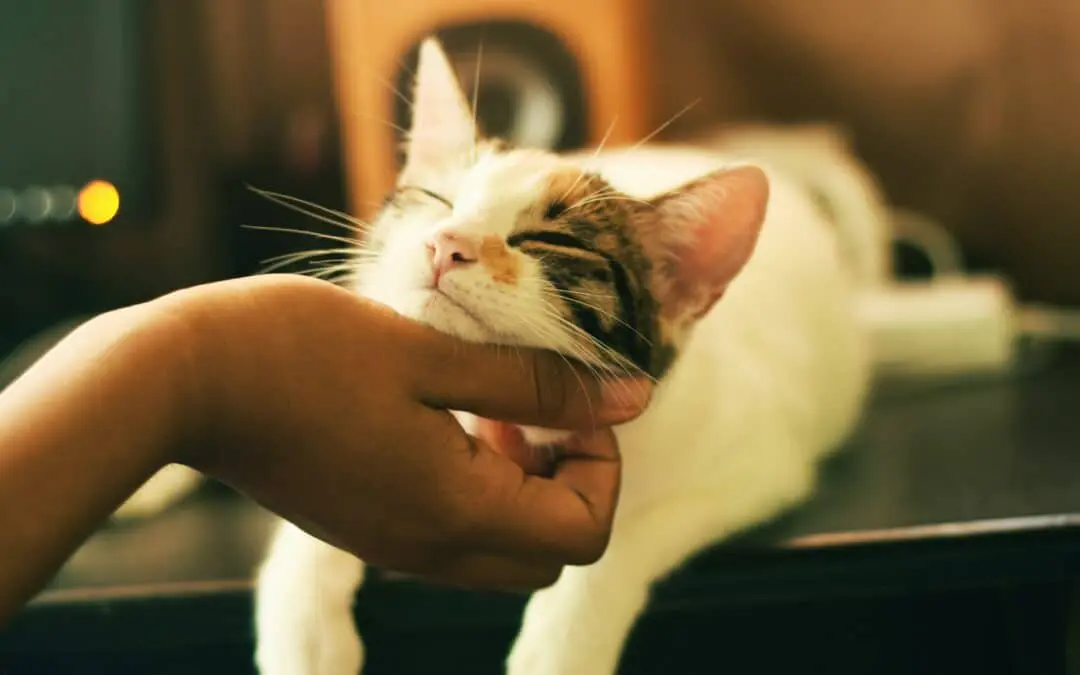While diabetes might not be the most common illness for a cat, it can be debilitating if left unchecked. Our quick guide to understanding diabetes can help you learn the signs of diabetes, and how to help your cat if they get a diabetes diagnosis.
How Do Cats Get Diabetes?
Like in humans, diabetes occurs when a cat has high blood sugar due to an insulin deficiency. Insulin is a hormone that is produced by the pancreas, it lowers blood sugar by moving it from the bloodstream into cells where it is needed.
If left unchecked, your cat could suffer from seizures, plantigrade stance (damage to the muscles in their hind legs), or ketoacidosis (a medical emergency that makes your cat’s blood acidic).
Cats can develop diabetes in several ways. Genetics and pancreatitis can cause type 1 diabetes. Type 2 diabetes, which is more common, is often caused by obesity, steroid use, or other health problems that affect the pancreas.
The Signs of Diabetes in Cats
You know your cat better than anyone else, and that is often how you can tell that something is wrong. Understanding the signs of diabetes can help you get help early. Signs of diabetes in cats include:
- Excessive thirst or hunger
- Frequent urination
- Rapid weight loss
- Vomiting
- Lethargy and weakness
Five Tips for Caring for a Cat with Diabetes
1: Check Glucose Levels Often
Monitoring your cat’s blood glucose levels is an important part of managing your cat’s diabetes. This is typically done by pricking the ear and checking the glucose levels with a glucometer. These checks will help you determine when your cat might need insulin or a rise in sugar. Understanding their highs and lows will help you care for them long-term.
2: Monitor Insulin Responses
Even if carefully managed, hypoglycemia (low blood sugar) is a serious concern. This is why monitoring your cat’s insulin response is important. Insulin should never be administered if your cat is not eating.
3: Switch Your Cat’s Diet
If your cat is suffering from type two diabetes due to being overweight, a change in diet might be just what your cat needs. Switching to a low carbohydrate, high protein diet is the best way to feed your kitty and help them maintain a healthy weight.
4: Provide Physical Activities
Playtime is another important part of weight management, and can help all diabetic cats. Interactive play not only provides the exercise your cat needs, it will also help to build trust between the two of you and make their care easier.
5: Go to the Vet for Checkups
Along with monitoring at home, yearly checkups can help you keep your pet healthy. If managed properly and caught early enough, diabetes will not shorten your cat’s life expectancy.
Veterinary Care For Diabetic Cats
Diabetic cats require monitoring and care both at home and by a veterinarian. Here at East Valley Animal Hospital, our team of doctors, technicians, and support staff are highly trained to care for your diabetic pet. From diagnosis to management, we are here for you and your cat. If you’ve noticed any signs of diabetes or your cat is due for a checkup, contact us to make an appointment today.
Images used under creative commons license- commercial use (3/8/24). Photo by Yerlin Matu on Unsplash.

